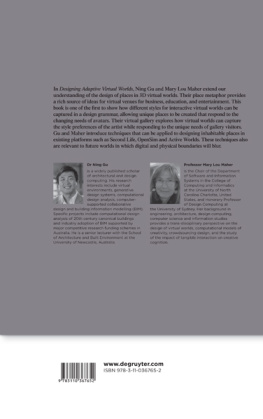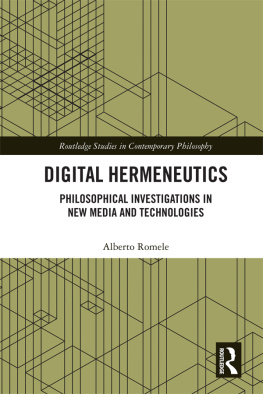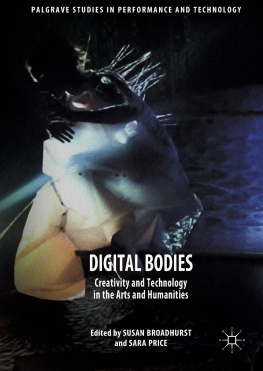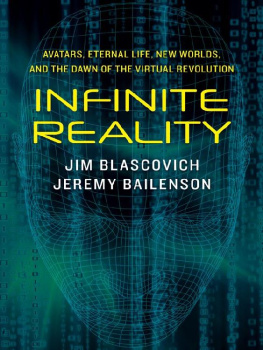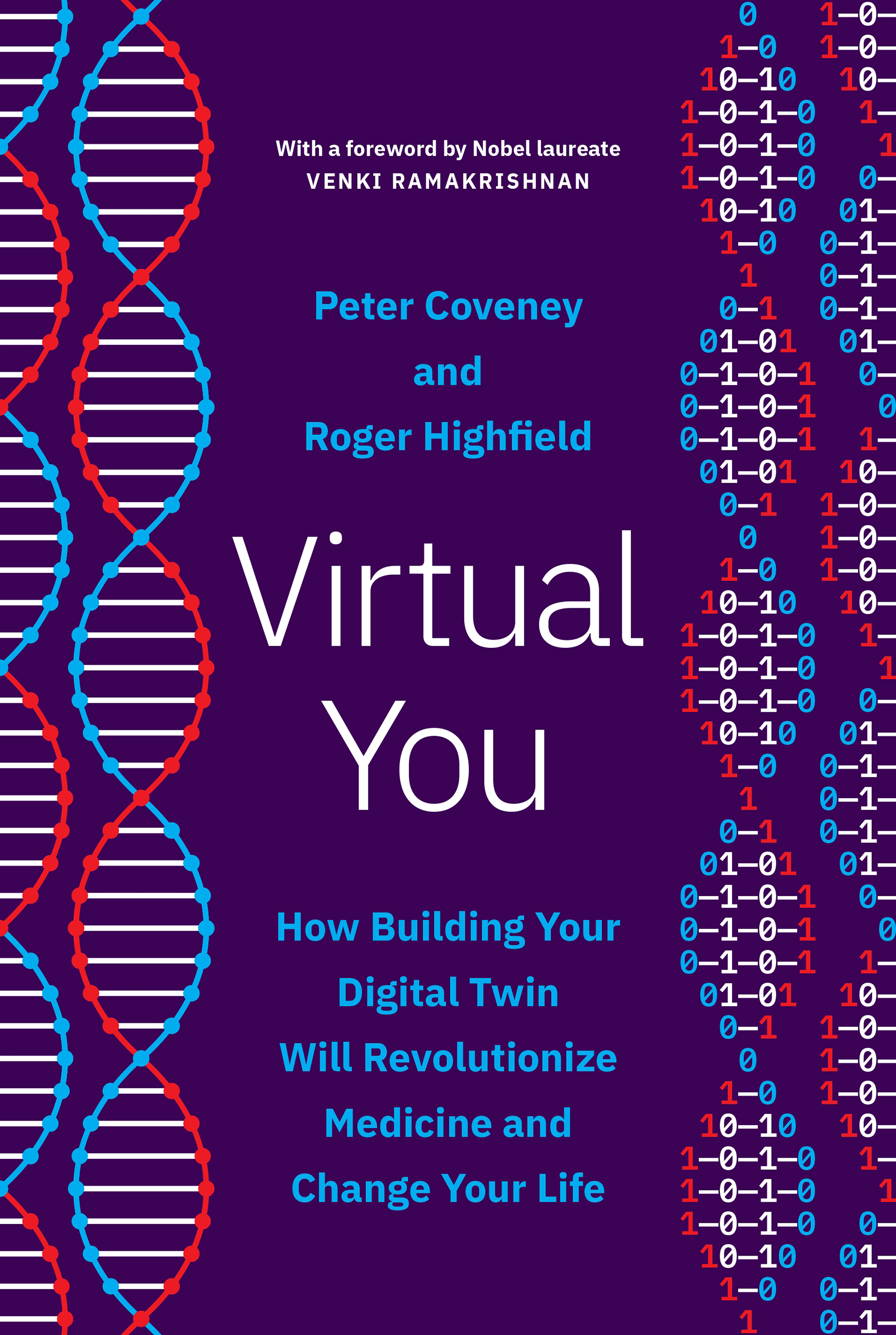Virtual You
Virtual You
How Building Your Digital Twin Will Revolutionize Medicine and Change Your Life
Peter Coveney
Roger Highfield
PRINCETON UNIVERSITY PRESS
PRINCETON AND OXFORD
Copyright 2023 by Peter Coveney and Roger Highfield
Foreword copyright 2023 by Princeton University Press.
Princeton University Press is committed to the protection of copyright and the intellectual property our authors entrust to us. Copyright promotes the progress and integrity of knowledge. Thank you for supporting free speech and the global exchange of ideas by purchasing an authorized edition of this book. If you wish to reproduce or distribute any part of it in any form, please obtain permission.
Requests for permission to reproduce material from this work should be sent to
Published by Princeton University Press
41 William Street, Princeton, New Jersey 08540
99 Banbury Road, Oxford OX2 6JX
press.princeton.edu
All Rights Reserved
Library of Congress Cataloging-in-Publication Data
Names: Coveney, Peter (Peter V.), author. | Highfield, Roger, author.
Title: Virtual you : how to build your digital twin in six stepsand revolutionize healthcare and medicine / Peter Coveney and Roger Highfield.
Description: First edition. | Princeton, New Jersey : Princeton University Press, [2023] | Includes bibliographical references and index.
Identifiers: LCCN 2022024293 (print) | LCCN 2022024294 (ebook) | ISBN 9780691223278 (hardback ; acid-free paper) | ISBN 9780691223407 (e-book)
Subjects: LCSH: Virtual reality in medicine. | Virtual humans (Artificial intelligence) | MedicineComputer simulation. | Computer vision in medicine. | BISAC: SCIENCE / Chemistry / Physical & Theoretical | COMPUTERS / Computer Science
Classification: LCC R859.7.C67 C69 2023 (print) | LCC R859.7.C67 (ebook) | DDC 610.285dc23/eng/20221109
LC record available at https://lccn.loc.gov/2022024293
LC ebook record available at https://lccn.loc.gov/2022024294
Version 1.0
British Library Cataloging-in-Publication Data is available
Editorial: Ingrid Gnerlich and Whitney Rauenhorst
Production Editorial: Natalie Baan
Text and Jacket Design: Chris Ferrante
Production: Jacquie Poirier
Publicity: Kate Farquhar-Thomson, Sara Henning-Stout, and Maria Whelan
Copyeditor: Jennifer McClain
For all those doctors, scientists and engineers
who are making medicine truly predictive
Contents
- ix
Foreword
Venki Ramakrishnan
The physicist Richard Feynman once said, What I cannot create, I do not understand. One could add, What I cannot accurately simulate, I do not understand. We can be confident we understand how airplanes fly and how they behave during engine failure or turbulence because a flight simulator can accurately predict what would happen. Indeed, pilots are routinely trained both for normal and unexpected situations using flight simulators, providing them with the experience that they might never encounter using real aircraft.
What are the prospects of simulating ourselves in a computer? At first sight, this sounds more science fiction than fact. However, much progress has been made; and this book takes us on a grand tour of the first steps towards the creation of our own digital twin and the challenges in accomplishing this goal, which is a fascinating journey in itself.
One of the key themes of the book is an aspiration to see as much theory used in biology as in physics. When I left physics in 1976 immediately after graduate school to retrain all over again as a biologist, I immediately noticed a difference. Physics as well as chemistry had highly advanced theory that helped guide and even predict experiments and behaviour. So, from theoretical considerations, it was possible to invent transistors and lasers and synthesize entirely new compounds. At the extreme, it even led to the construction of a multibillion-dollar accelerator to look for the theoretically predicted Higgs boson. It is far from perfect. For example, there is no good theory for high-temperature superconductivity, and we cannot predict the detailed superconducting behaviour of a mixture of metals.
By contrast, certainly in the 1970s, biology seemed largely observational and empirical. It is true that it did have one encompassing theorythat of natural selection acting as a driving force for the evolution of all life. While this theory had great explanatory power, it did not have detailed predictive power. Biology also had what I would call local theories or models: an understanding of how an impulse travels along a nerve, how various biological motors work, or how you would respond to a shot of adrenaline. But what it lacked was an overarching ability to predict from a set of initial conditions how a system, even a basic unit like a cell, would behave over time under an arbitrary set of conditions.
Part of the problem is that the number of factors involved in sustaining life is enormous. At some basic level, there is our genome, whose sequence was announced at the beginning of this century with much fanfare and the promise of ushering in a new age of biology. The genome consists of tens of thousands of genes, all expressed in varying degrees and at varying times. Moreover, the expression of genes is modulated by chemical tags added to the DNA, or proteins associated with it, that persist through cell divisionthe subject of epigenetics. Finally, the expression of genes and their function in the cell is the result of their interaction with each other and the environment to form a giant network. So, any early notions of being able to predict even just gene-based outcomes by knowing someones sequence turned out to be far-fetched. If this is the case for just a single cell, one can imagine the levels of complexity in trying to predict outcomes theoretically for an organ, let alone an entire human being.
Over the last 20 years, the biological revolution of the twentieth century has continued, but this time augmented by a revolution in computing and data. We now have vast amounts of data. Instead of a single human genome sequence, we have hundreds of thousands, as well as vast genome sequences of an enormous number of species. We have transcriptome maps that tell us which genes are expressed (the process by which the information encoded in a gene is put to work) in which cells and when, and we have interactome maps that map the interaction between the thousands of genes. Along with this we have large-scale data on human physiology and disease. We have data on the personal health characteristics of millions of individuals. All of these data are simply beyond the ability of any person or even a group to analyse and interpret. But at the same time, data science has also exploded. Computational techniques to link large data sets and make sense of them are advancing all the time.
Will these advances, in conjunction with a robust development of theory, eventually allow us to simulate a life-form? This book argues that the confluence of these developments is allowing us to tackle the ambitious goal of simulating virtually every organ and every process in a human. When that is done, one can begin to ask questions: How will this person respond to a particular treatment? At what point is someone likely to develop a debilitating illness? Could they prevent it by taking action early on and, if so, what action is likely to work? How would one persons immune system respond to an infection compared to someone elses?


